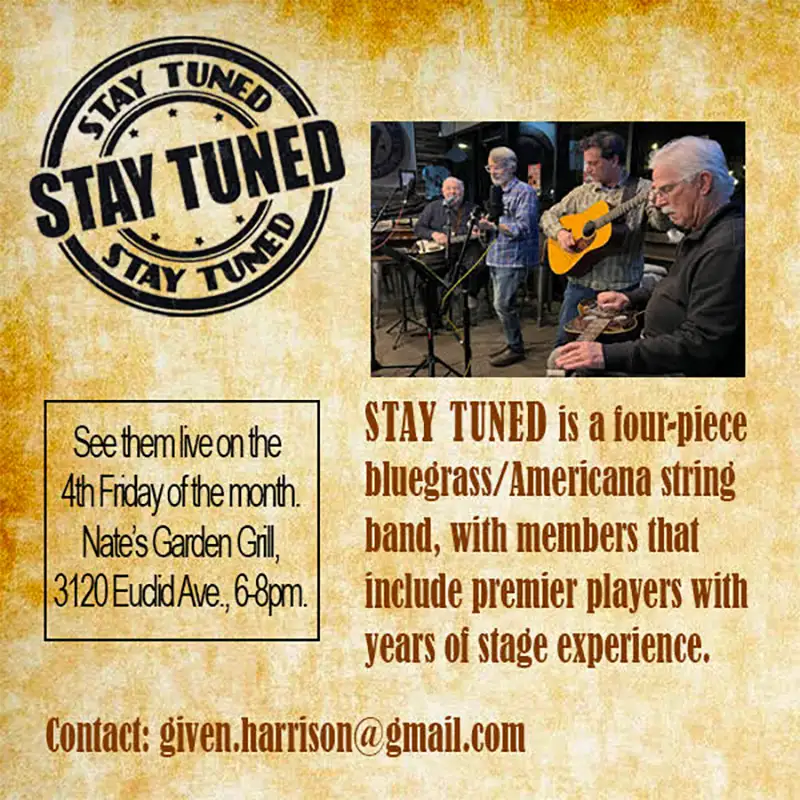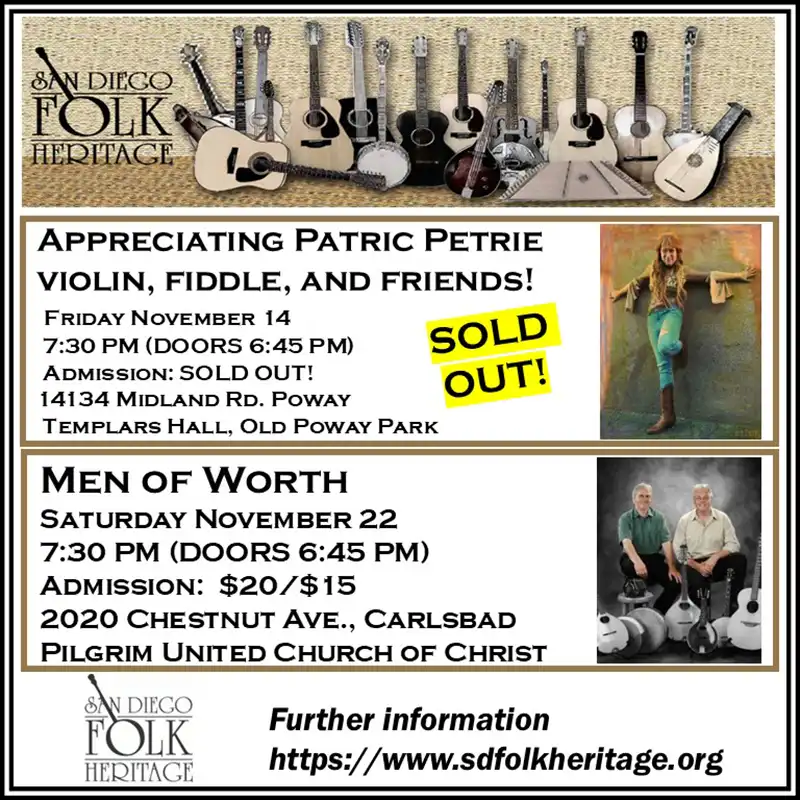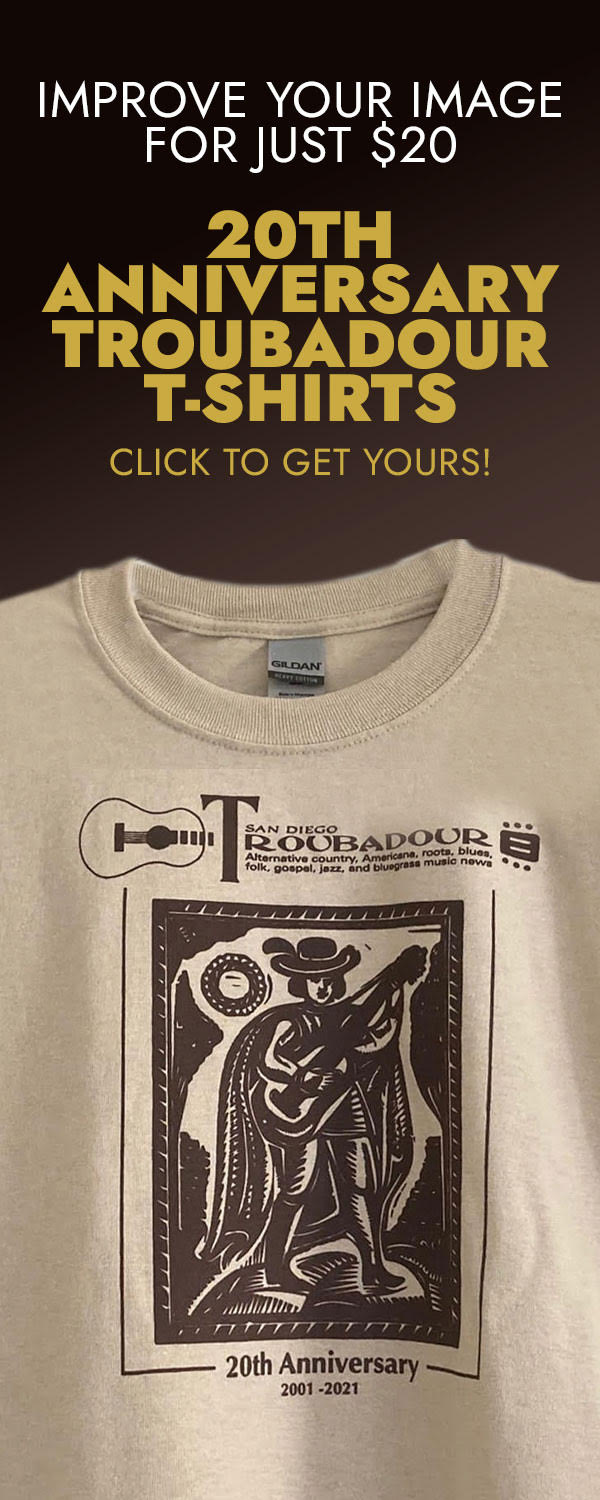Cover Story
Elizabeth Schwartz: Finding her Voice Through Klezmer
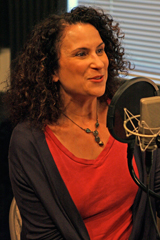
Interview with Elizabeth for the live podcast
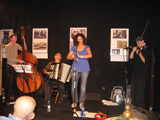
Elizabeth & Yale at the Warsaw Singers Festival, 2008
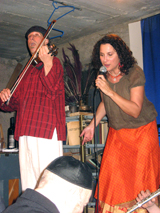
Elizabeth & Yale at the Yung Yiddish Concert
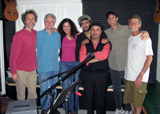
Common Chords’ Recording Session
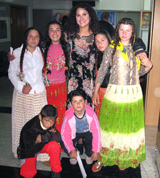
Elizabeth in Lasi with the Romani children
Elizabeth Schwartz, a uniquely talented vocalist and singer with the klezmer band Hot Pstromi, seemed familiar to me even before we ever met. Sometimes you just get a feeling you’ve known someone without meeting them. You sense connections, a voice, a common tongue, a theme, a world you both had been a part of somewhere in time a long while ago. While I was driving over to meet her for the interview, I felt this moment of commonality, where we could find a cultural meeting place of archetypal memories in both our DNA and ways of speaking. This would be my re-entry into an old Eastern European shtetl (small town), an almost mythical place containing the heart and sounds of many generations of a wandering people who planted new roots in strange lands. I questioned myself many times, asking how these cultural fragments played out in the context of our forbears’ lives, who tried to live as they had in the past while being assimilated into new, foreign, and often distant lands with different languages and customs. Our grandparents left such countries as Poland, Romania, Hungary, Lithuania, Germany, and other now nonexistent places with strange names in Central and Eastern Europe. They traveled by foot and on horse carts to steam trains to ships and sailed in steerage to get to the land of strawberries with cream and the golden medina. Standing on countless slippery ship decks, practicing poor immigrant’s English, sailing into New York Harbor, seeing the Statue of Liberty through tears of seasickness, joy, and loss, entering Ellis Island, their life’s possessions in a satchel and their children in tow, leaving their old world names behind, struggling to be heard among the many languages of babble all around them, they trudged ashore as the doors opened and their new lives began. But these immigrants brought much more than just the clothes on their back. Some had old photos and violins; some had songs in their hearts and old world tastes on their tongues. America became that stirred up melting pot of many cultures in addition to being a place of some significant loss, a place of abstraction, the beginning of a journey that would cause a disconnection from our past that many of us would later try to retrieve. This would have been Elizabeth Schwartz’s family’s journey, and her own, later on, when she’d be bringing it all back home through klezmer, with its musical themes, rhythms, and improvisations of life’s daily celebrations of happiness, turmoil, and those special moments of joy.
So what is klezmer music? The word ‘klezmer’ is derived from the Hebrew words ‘klay,’ meaning ‘instrument,’ and ‘zemer,’ meaning ‘music.’ Klezmer is literally the ‘instrument of song.’ The music is not liturgical and not normally a part of religious services. The sounds are Eastern European in origin, with a variety of influences unique to the countries through which the music passed. Along the way, the klezmer sound was influenced by the music of the Roma (gypsies), who originally came from Northern India and then moved on to Eastern Europe. The hints of Indian raga-like improvisations with multilayered interpretations and emotional song passages can be heard in klezmer. In Eastern Europe, the amalgamation was completed when the themes and rhythms of Turkish music with its bluish minor scales were also added to the mix. In America, klezmer was known as Jewish jazz and was played on New York’s Jewish Broadway, on Second Avenue, a six-block area of theaters on Manhattan’s Lower East Side, where many of the Jewish immigrants first made their homes and became acculturated into our country. On Second Avenue you could find plays, dramas, musicals, vaudeville with its Jewish comedians, klezmer bands, and Yiddish Shakespeare. Farther downtown was the original Tin Pan Alley, on Park Row, an area of saloons and music halls, and home to many song writers and the notorious Bowery of Gangs of New York fame. George Gershwin and Irving Berlin both frequented the Lower East Side, taking in the new sounds and melding them with the klezmer they grew up with in their early lives. Listen to the opening clarinet solo in Gershwin’sAmerican in Paris and you’ll hear a klezmer riff. Early Irving Berlin songs told tales of the na’ve immigrant’s first American experiences, many using klezmatic themes. Ziggy Elman’s trumpet solos with Benny Goodman in his classic jazz swing song, ‘And the Angels Sing,’ is also classic klezmer. Many of the hotels in the Borscht Belt, an area in New York State’s Catskill mountain region, also had klezmer bands as part of the musical entertainment they provided. These hotels were usually the only places Jews could visit while on vacation from New York City and other East Coast cities because of widespread discrimination. The klezmer bands included singers, violins, clarinets, trumpets, and accordions. The other entertainment consisted of comedians who teased with sarcastic humor and told stories to help the immigrants adjust to their lives in the new country and enjoy their brief getaways and vacations. One time, while David Tarras, the Benny Goodman of klezmer, was performing, he realized that Charlie Parker and Miles Davis were sitting in the audience. There are also stories that tell of Charlie Parker gigging Bar Mitzvahs after his get together with David Tarras. Joel Gray’s father, Mickey Katz, was a comedian and also a fine jazz/klezmer clarinetist. He often combined his humor with klezmer melodies and played a Jewish klezmer band-version of Spike Jones.
Elizabeth Schwartz greeted me, her face familiar, her voice like many I’d known in my life. This was going to be more than just another interview. Olive, the family dog, also welcomed me. Finally, Yale Strom, Elizabeth’s husband and band leader of Hot Pstromi, offered a warm handshake and a Yiddish greeting. Yale is a noted musical scholar and resident artist/professor at SDSU as well as being a multi-talented klezmer musician. The familiarity of their home, their gracious, unpretentious warm greetings, Elizabeth’s voice, and hints of New York vocalizations, immediately put me at ease and set the interview’s course and direction.
When Elizabeth was ten years old in 1974, she moved from Great Neck, Long Island, a Jewish enclave just outside New York City, to New Paltz, New York, a small college town north of the city, where her mother taught at the college. After the move, Elizabeth described feeling like a stranger in a strange land. As a child, this sense of being different plus the realization of being a Jewish kid in a hostile environment shook her to the core. Nearby was the largest chapter of the KKK. Woodstock was also a few miles away, a place of music and art with a French caf’, a place that Bob Dylan called his home and refuge. The town of New Paltz itself was a town with old values and a great little pizzeria called Chez Joey, but it was also a town stratified by the state college with its local ‘townie’ population and the multi-ethnic, often left wing invaders from the City. In New Paltz, Elizabeth said, ‘I was run out of the school having experienced anti-Semitism for the first time in my life.’ Her family left New Paltz and moved to Washington Heights in Manhattan. Elizabeth sensed she was different, a difference she would go on to treasure down the road. However, she grew up immersed in our American culture. Born in 1964, at a time when the previous generation was involved in the Great Folk Scare/revival and the politics of the 1960s, Elizabeth’s life began in a family of assimilated Jews who didn’t speak Yiddish. The music they heard at home was American, her parents were melting into the larger culture, and her mother loved Glen Yarborough (now a resident of Fallbrook), who sang with the pop folk group the Limelighters. Elizabeth would go on to earn a degree from Sarah Lawrence where she majored in fine arts. She always sang, some blues, Broadway standards, some jazz, and eventually moved out to Hollywood as a young adult to work in movie production. Elizabeth got into the film business, working with top producers, making movies, and singing sometimes for enjoyment after work. She sang backup for Chucky Weiss, the Chucky of Ricky Lee Jones’s big hit song ‘Chucky’s in Love.’ Elizabeth assisted in the production of some very successful movies, living in the world of big-deal producers without a hint of what was to come her way. As she entered her thirties, while she was producing films in California, a suggestion and a phone number exchange back East that would change Elizabeth’s life was taking place. Yale Strom’s movie The Last Klezmer: Leopold Kozlowski, His Life and Music (1994), was being shown at Lincoln Center, and Elizabeth’s mother and a friend, Yale Strom’s relative, were at the show. They got to talking about matchmaking, made a plan, exchanged a card with Elizabeth’s phone number, and the wheel of future love was set in motion. Normally I wouldn’t include this gossipy stuff in an article, but the moment was so romantically stereotypical, so culturally coincidental and so significant that to leave it out would omit an important piece of the puzzle. Yale’s relative gave him the card, which he put in his little black book, but he didn’t call Elizabeth for several months. Then, a few months later, an act of Newtonian gravity caused the book and card to separate. Some might say this was an act of divine intervention; others might attribute this to Newton’s law. Yale called Elizabeth, figuring he would soon be out working in Los Angeles anyway, so why not have a date, nothing lost and maybe something gained. (At this point in the interview, I faintly heard strains of ‘Matchmaker, matchmaker, make me a match,’ from Fiddler on the Roof, filling my right brain.) Serendipity and gravity seemed to make a new match for Elizabeth. At first, Elizabeth was uneasy with her mother’s sharing her phone number with this strange guy. But, after a date and after only five days, Elizabeth was sure Yale was the one. Yale was a fine fiddle-playing klezmer musician, scholar, and professor at SDSU, who had grown up in San Diego, after starting out his life in Detroit. One night, both attended a typical Hollywood party with a piano player entertaining the wine drinking party goers. Elizabeth sat down with the pianist and some extra red vino and sang her songbook of standards and jazz and blues for two hours. Later, as they were driving along PCH after the party, Yale pulled to the side of the road and Elizabeth, completely unprepared, didn’t expect what was coming next. Yale said, ‘You’ve got to learn to sing in Yiddish and join my band.’ At the time, the band members included Tripp Sprague, Gene Perry, Fred Benedetti, and Joe Pekarek. Elizabeth was surprised, but pleased. Her life, like all fairy tales, had taken a wonderful, new turn.
The transition from blues, jazz, and standards was not the musical stretch that many might imagine. Elizabeth had found a life partner and a scholar. She undertook learning Yiddish and learned a couple of klezmer songs to sing with the band. The experience took her full circle as she immersed herself in the culture and language of klezmer. Elizabeth’s mezzo -soprano voice, with a bluesy, smoky sound, was perfect for the music. Even now, listening to her sing, you’re taken back to the ghosts of those who lived life in the shtetl, who vanished through the smoke of the crematoriums, and who left us high up on the breezes among the birds that flew by. When listening to Elizabeth sing, a tear appears, loneliness passes, and suddenly in the burst of her improvisation (or doina) you’re taken back to the shtetl where you smell the food, hear the lost voices, and are touched by a culture that has never died. Elizabeth sings the songs of klezmer, a musical style cross-fertilized by the Roma, the Arabs, the Turks, and the lost souls of Eastern Europe. Elizabeth’s voice is that of a messenger, a carrier of old lyrics and DNA remnants of her long-gone relatives.
When I met Elizabeth again for the podcast interview for this publication, she described her first visit to her father’s ancestral home in Lasi (Yash), Romania, with Yale. She ventured out, walking along an old cobblestone street on the way to the main synagogue. As she walked, she felt each stone, noticing its glistening shine off the ground. She looked down at one particular cobblestone and thought that 500 years ago one of her relatives must have walked this same street. She suddenly felt a jolt of electricity that took her back and created a cathartic moment that joined her to her past. Elizabeth was doing what my generation tried to get away from doing. Conversely, as we became Americanized, we moved defensively away from our Jewish culture and shtetl heritage, probably as a reaction to the Holocaust and the deep black hole it left after World War II. Yiddish was disappearing, the shtetl culture was mainly trapped in the memories of our grandparents, and klezmer was the shtetl music, played somewhere in time and in the back streets of the old Eastern European towns. These were cultural artifacts, fragments, like the Rosetta Stone, in the minds of the Jewish and Rom (pronounced Rome) Holocaust survivors in Eastern Europe. Elizabeth was finding these cultural roots as she became a klezmer singer. She became a song catcher, a collector of ghost music.
During the podcast Elizabeth spoke about her life since meeting Yale Strom and their return to Eastern Europe, the joy of singing with Roma and the ongoing discovery of new songs and old historic memories. She explained how the Roma brought their music out of Northern India and how the Roma became the people who still knew the music of the klezmer, the words and styles, following the Holocaust. I recalled viewing a film clip on YouTube, made in Hungary during the 1930s. In the film the Roma and the Jews playfully joined together and played off each other, driving the music into a frenzy of creativity and swing. A few months ago, I talked to Yale Strom, and was pleased to find out that he has the whole film. Elizabeth’s excitement about klezmer is infectious, which is very evident on the podcast. She got excited about discovering old traditions after growing up in an assimilated household. She is now fluent enough in Yiddish to feel comfortable conversing with the Yiddish speakers she meets with and entertains in Eastern Europe. While talking about her trip to Germany with Yale in mid-May Elizabeth described Germany as a country that continues to make cultural reparations to enhance the importance of Jewish history in a place that generated the deaths of six million Jews. She also mentioned that there are many non-Jewish musicians in Germany who are currently playing authentic klezmer music, a phenomenon that has also taken hold in our country and other parts of Europe.
During the discussion, we explored the role of religion and talked about whether klezmer was separate from liturgical music. Klezmer is played by nonreligious as well as orthodox Jewish musicians, sometimes joining together without limitation and exclusion of the women in the band. Elizabeth described a concert in Jerusalem last year where she noticed a group of ultra-Orthodox musicians dancing in the back of the audience to her singing. She also made mention of the European Roma who are still being killed and experiencing pogroms in Romania and Hungary. She has a deep sense of appreciation for them and is especially simpatico with those who experienced many of the same forms of oppression that Jewish people have lived through in their diasporaand the attempts to destroy their culture. Elizabeth described how Rom music, under the guise of Gypsy music, is very hot right now. The only problem is that what is being now called Gypsy is really not the music of the Roma but is similar to the reinterpretation of some of the themes, in the same way the 1960s British blues groups co-opted traditional blues, when they copied them and made them radio worthy.
Playing klezmer music is Elizabeth’s way of keeping the traditions and cultures vibrant and alive. You can hear a rhythm in her words, a depth of feeling with each phrase, at once old with the wisdom of tradition and also open to the excitement of new discoveries. People say you can’t go home again yet Elizabeth has found her own road map to places where artifacts from the past are now sprouting new branches of what might not have been but for the seekers of their roots. Elizabeth talked about the black hole, the post Holocaust Jewish culture, and her need to recapture the traditions to bring the music back from the dead. Elizabeth remembered a meal she had in a Polish restaurant in Krakow and described the similarities of the food, realizing that the Jewish food she had grown up with was very much like the meal she had just had in Poland. Like the food, klezmer offers a wide variety of familiar music for performers to perform.
The role of women in klezmer is still being defined. She explained that some bands exclude women from performing with them because of their belief that women shouldn’t share the stage with men. This is not universal in the world of klezmer but is based on certain individuals and their religious beliefs.
Elizabeth’s life journey has played out like a modern day fairy tale ‘ Great Neck beginnings, New Paltz golems, Hollywood openings, the joy of singing the American songbook of blues and Broadway standards, East Coast matchmakering maneuvers ‘ all culminating in her connection to Klezmer via a skinny, scholarly, fiddle playing, Yiddishkeit musician named Yale Strom, without a road map or guidebook. The magic of coincidence that connected Elizabeth Schwartz to klezmer music, and to the ghost language that she never really knew as a child, and to her Romanian ancestors, would give Sholom Aleichem and Isaac Bashevis Singer many a tale to tell.
Elizabeth is her voice and her voice is the key that has opened the door to klezmer and her roots, roots she only discovered through the magic of the music and her relationship with Yale Strom. In the depths of her singing, in the rhythms of the meditative improvisations, Elizabeth has gone full circle back to her family’s shtetl in Romania. The black hole of the Holocaust and the deaths of six million Jews and 250,000 Roma, all now ghosts, have allowed us to find some solace and peace through the music of klezmer and the memories it has awakened. This is Elizabeth’s musical gift to us all. Sometimes, you don’t know what you’ve missed until you open new doors, revisit the dead, and make renewed connections with your family in the old country. Elizabeth Schwartz is still on her journey of discovery. We’ll treasure her cultural and musical adventures as we hear her mezzo soprano vocals dance through klezmer riffs and runs.
They’ll be back to perform at the San Diego Jewish Arts Festival on June 13. On July 9, 2011, the group will do their first performance for San Diego Folk Heritage in Old Poway Park. In August, they’ll be going back to Romania, a trip Elizabeth always treasures and enjoys.
Go to sandiegotroubadour.com to hear the podcast for this article. Listening to the podcast will enrich what you’ve read and let you experience first-hand the excitement and conversation described in this article about Elizabeth Schwartz.




